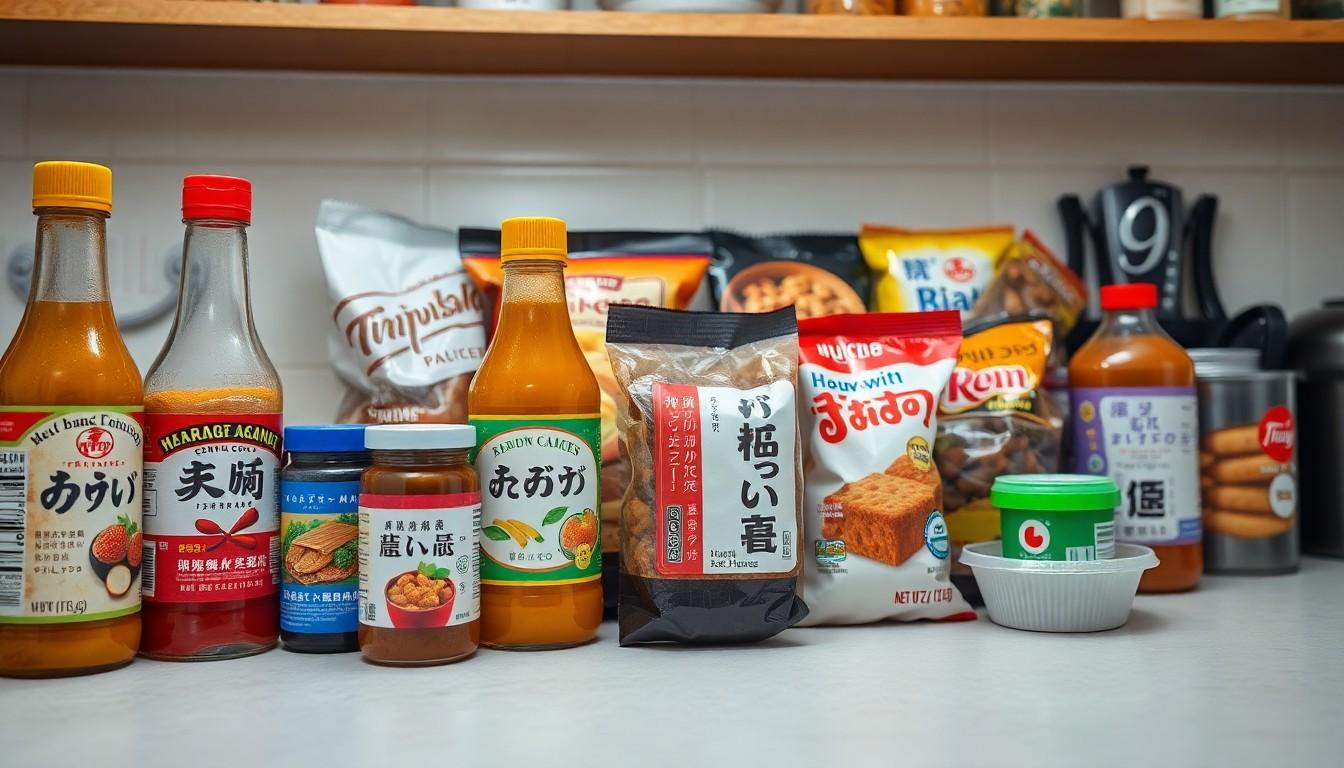Imagine living in a world where your favorite snacks suddenly turn into tiny monsters wreaking havoc on your immune system. For those allergic to ridugai, this isn’t just a nightmare—it’s everyday life. Ridugai, a common ingredient in many foods, can transform a casual dinner into a medical episode faster than you can say “pass the bread.”
Understanding Allergies
Allergies occur when the immune system identifies a substance as harmful. People allergic to ridugai experience an abnormal reaction upon exposure to this ingredient. Symptoms often manifest immediately, leading to a wide range of discomfort and distress.
Reactions can include rashes, itching, gastrointestinal distress, and, in severe cases, anaphylaxis. Anaphylaxis presents as difficulty breathing, swelling, and a rapid heartbeat, demanding immediate medical attention. Identifying and avoiding exposure to ridugai is essential for those with this allergy.
Diagnosis typically involves skin tests or blood tests to confirm the presence of specific antibodies. Patients are advised to work closely with allergists to develop effective management strategies. These strategies often include carrying emergency epinephrine auto-injectors and reading ingredient lists meticulously.
Education on recognizing hidden sources of ridugai is vital. Ingredients in various food products may contain ridugai derivatives. Understanding food labels helps prevent unintentional exposure.
Living with allergies requires vigilance and awareness. Communication with friends, family, and restaurants about dietary restrictions plays a crucial role in avoiding ingesting ridugai. Engaging in routine check-ups can help monitor the allergy and update management plans as necessary.
Taking these proactive steps not only minimizes risks but also empowers individuals to lead a fuller life, free from the fear of allergy-related emergencies.
What Is Ridugai?

Ridugai serves as a common food ingredient that poses notable risks for those with allergies. It often triggers severe reactions, making it vital for affected individuals to understand its composition and uses.
Composition and Uses
Ridugai contains proteins that might cause immune responses in sensitive individuals. In many processed foods, this ingredient appears unexpectedly, complicating dietary management. It’s derived from specific sources, making it essential to read labels carefully. This food additive appears in various forms, including powders and extracts, adding flavors and textures to numerous products. People allergic to ridugai must scrutinize ingredient lists to avoid accidental exposure.
Common Applications
Ridugai finds its way into diverse culinary creations, contributing to much-loved snacks and meals. Manufacturers commonly incorporate it in sauces, dressings, and baked goods. Some snacks, especially processed varieties, use ridugai for enhanced flavor profiles. It also appears in alternative protein sources and ready-to-eat meals, making awareness more critical. Understanding its prevalence allows individuals to make informed decisions about their food choices and reduce the risk of allergic reactions.
Symptoms of Allergy to Ridugai
Allergic reactions to ridugai can manifest in various ways, affecting multiple systems in the body. Symptoms may vary in severity and can occur shortly after exposure.
Skin Reactions
Skin reactions often include hives, redness, and swelling. Some individuals develop eczema or dermatitis upon contact with ridugai. Rash development usually occurs within minutes to hours. Persistent itching can also accompany these skin irritations, leading to discomfort. Substantial attention should be paid to these visible signs, as they often indicate underlying allergies.
Respiratory Issues
Respiratory issues may arise, including sneezing, coughing, and nasal congestion. Some individuals experience wheezing or shortness of breath after inhaling ridugai particles. Asthma symptoms can also worsen in those allergic to this ingredient due to inflammation. Immediate medical attention is crucial if breathing difficulties occur, as these reactions can escalate quickly.
Digestive Problems
Digestive problems often present as nausea, vomiting, or diarrhea. Stomach cramps may also accompany these gastrointestinal symptoms. Some individuals report swelling of the lips or tongue after ingesting ridugai. Food allergies can result in severe digestive distress, demanding careful management and avoidance of triggering foods.
Diagnosis and Testing
Diagnosing an allergy to ridugai involves several methods, emphasizing a comprehensive approach to assessment.
Medical History Assessment
A thorough medical history assessment serves as the foundation for diagnosis. Health care providers inquire about symptoms experienced after consuming ridugai-containing products. This inquiry includes details regarding the severity, timing, and frequency of reactions. Previous allergic reactions, family history of allergies, and dietary habits contribute valuable information. Accurate recollection of experiences helps pinpoint potential triggers, allowing for better management of the allergy.
Allergy Testing Methods
Allergy testing methods assist in confirming the diagnosis of ridugai allergies. Skin prick tests are commonly used to identify sensitivities to specific allergens. In this method, small amounts of ridugai extract are applied to the skin, monitoring for reactions. Blood tests, such as the specific IgE test, measure the immune response to ridugai proteins. Results from these tests guide allergists in developing tailored management strategies. Understanding the results allows individuals to navigate their dietary restrictions effectively and avoid accidental exposures.
Treatment Options
Managing an allergy to ridugai involves specific strategies to prevent reactions and address symptoms when they occur. Two critical aspects include avoidance methods and medications.
Avoidance Strategies
Avoiding ridugai is essential for individuals with allergies. Reading ingredient labels thoroughly helps identify any hidden sources of ridugai in processed foods. Opting for fresh, whole foods minimizes exposure risks. Planning meals at home ensures control over ingredients. Informing restaurants about allergies allows for safer dining experiences. Carrying a list of safe foods can assist during grocery trips. Educating family and friends about the allergy promotes a supportive environment. Practicing vigilance when shopping or eating out significantly reduces accidental ingesting.
Medications
Medications play a pivotal role in allergy management. Antihistamines provide relief from symptoms like itching, rashes, and sneezing. They help counteract the immune response triggered by ridugai exposure. In severe cases, carrying an epinephrine auto-injector is crucial for immediate treatment. These injectors counteract life-threatening symptoms of anaphylaxis effectively. Corticosteroids may also be prescribed to reduce inflammation and manage persistent symptoms. Collaborating with healthcare providers ensures that individuals select the most appropriate medications for their specific situations. Regular monitoring of symptoms aids in adjusting medication types and dosages as needed.
Conclusion
Living with an allergy to ridugai requires constant vigilance and proactive management. Individuals must prioritize understanding their condition and the potential risks associated with this common ingredient. By collaborating with healthcare providers and staying informed about safe food options, they can significantly reduce the likelihood of accidental exposure.
Education is key not only for those affected but also for their family and friends. Creating a supportive environment fosters better awareness and safety. With the right strategies in place, individuals allergic to ridugai can navigate their dietary restrictions effectively, allowing them to enjoy a fulfilling life while minimizing health risks.

